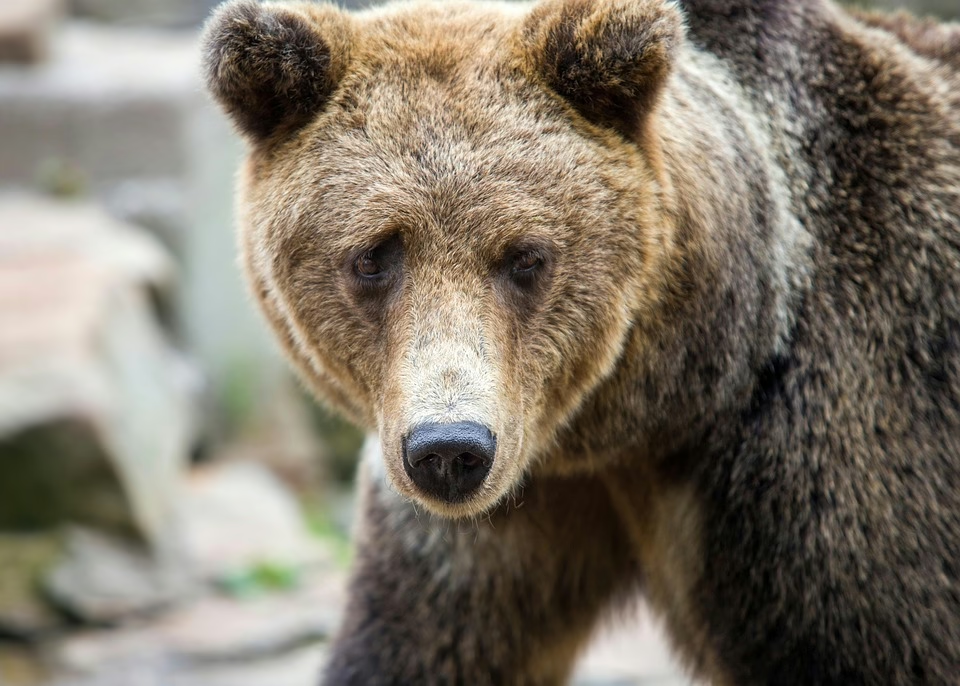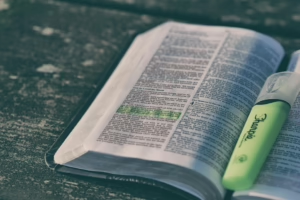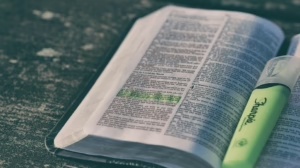Rare Beauty Unveiled: Stories of Unique Flora and Fauna
The natural world is a treasure trove of unrivaled beauty, full of intricate details and vibrant ecosystems. From the depths of the ocean to the heights of mountain ranges, unique flora and fauna tell stories that are both enchanting and crucial for understanding our planet. As we delve into the rare species that inhabit our world, we will discover not only their breathtaking splendor but also their vulnerability and the importance of conservation efforts to protect them.
The Importance of Rare Species
Rare species play a critical role in their ecosystems, often acting as indicators of environmental health. These organisms can be keystone species, meaning their presence or absence significantly affects other species within their ecosystems. For example, the sea otter (Enhydra lutris) plays a pivotal role in kelp forest ecosystems by controlling sea urchin populations. Without these otters, unchecked sea urchin populations can devastate kelp forests, leading to habitat loss for numerous marine species.
Moreover, rare flora and fauna often hold secrets about genetics, adaptation, and resilience in the face of climate change. For instance, the discovery of a new plant or animal species can provide insights into evolutionary processes and offer clues about the mechanisms of survival in harsh environments.
Unique Flora: The Jewel of the Natural World
The Rafflesia arnoldii
One of the rarest and most extraordinary flowering plants in the world is Rafflesia arnoldii, indigenous to the rainforests of Southeast Asia, particularly in Indonesia and Malaysia. Known for producing the largest individual flower on Earth, Rafflesia can reach diameters of up to three feet. However, it is not just the size that is fascinating; the flower emits a smell likened to that of rotting flesh, which serves to attract pollinators like carrion flies.
The flower blooms infrequently, often remaining hidden in the underbrush until it flowers for just a few days, during which time it must attract pollinators to reproduce. Conservation efforts are crucial for this unique species, as habitat destruction poses a significant threat to its survival.
The Corpse Flower (Amorphophallus titanum)
Another captivating rarity is the Corpse Flower, or Amorphophallus titanum. Native to the rainforests of Sumatra, Indonesia, this plant also produces an enormous flower with a pungent odor. It can reach heights of up to ten feet, making it one of the largest flowering structures in the world. Like the Rafflesia, the Corpse Flower has evolved to draw in specific pollinators, such as beetles, by emitting a smell akin to decaying flesh.
This evolutionary strategy, while revolting to humans, is a remarkable adaptation to its ecological niche. Due to deforestation and habitat loss, the Corpse Flower is classified as endangered, necessitating immediate conservation action.
Ghost Orchid (Dendrophylax lindenii)
The Ghost Orchid is another gem in the botanical world, primarily found in the swamps of Florida and Cuba. Its ethereal appearance and elusive nature have made it a symbol of rarity and beauty. The Ghost Orchid is unique due to its leafless stems and stunning white flowers, which can only bloom under specific conditions.
The flower relies on a particular species of moth for pollination, showcasing the complex interdependencies that exist in nature. Unfortunately, habitat encroachment and poaching, driven by the high demand for this rare orchid, threaten its existence. Protecting its native habitat is vital for ensuring its survival.
Fascinating Fauna: Nature’s Wonders
The Vaquita (Phocoena sinus)
On the brink of extinction is the Vaquita, a small porpoise native to the northern part of the Gulf of California, Mexico. With fewer than 30 individuals remaining, the Vaquita is the world’s most endangered marine mammal. Its population has been drastically reduced due to illegal fishing practices, particularly gillnetting, which inadvertently traps these creatures.
Vaquitas play a critical role in the ecosystem, but their sheer rarity raises urgent calls for conservation efforts. Organizations and governments must work together to enforce regulations and protect the habitat of this elusive marine mammal from threats.
Aye-Aye (Daubentonia madagascariensis)
Found only in Madagascar, the Aye-Aye is a nocturnal lemur known for its unique method of finding food—percussive foraging. With a long, thin middle finger, the Aye-Aye taps on trees to locate grubs and insect larvae, a behavior that showcases its incredible adaptation to its environment. Unfortunately, this fascinating creature is often misunderstood and persecuted due to superstitions.
Conservationists strive to educate local communities about the Aye-Aye’s ecological importance and actively work to protect its habitat from deforestation, ensuring that future generations can appreciate this extraordinary species.
The Kakapo (Strigops habroptilus)
The Kakapo, a flightless parrot native to New Zealand, is one of the world’s rarest birds. After facing severe population decline due to habitat destruction and introduced predators, conservationists launched extensive efforts to save this unique species. Each Kakapo is named, allowing researchers to monitor their health and reproduction.
As of now, conservation programs have successfully increased the Kakapo population from just a handful to over 200 individuals. Their story serves as a glimmer of hope, highlighting the impact of dedicated conservation efforts and the resilience of nature.
Ecosystem Interconnectedness and Conservation Challenges
The stories of unique flora and fauna highlight the delicate balance that exists within ecosystems and the interconnectedness of species. Each organism, whether plant or animal, plays a pivotal role in maintaining ecological integrity. However, the rapid pace of human development, climate change, and pollution poses significant challenges to these rare species.
Habitat Loss
Habitat loss is one of the most pressing threats to rare species. Urbanization, logging, and agriculture often lead to fragmentation of habitats, making it difficult for many organisms to thrive. For instance, the destruction of tropical rainforests not only endangers species like the Rafflesia and the Ghost Orchid but also strips entire ecosystems of their biodiversity.
Climate Change
Climate change further exacerbates the struggles faced by rare flora and fauna. Shifts in temperature and precipitation patterns can disrupt the delicate balance of ecosystems, affecting everything from plant blooming cycles to animal migration patterns. The Vaquita’s declining numbers exemplify how cumulative pressures can lead a species to the brink of extinction.
Invasive Species
Invasive species present additional challenges, often outcompeting native species for resources. For example, the introduction of non-native predators like rats and cats has had devastating effects on ground-nesting birds such as the Kakapo. Conservationists use a variety of methods, including habitat restoration and predator control, to mitigate these threats.
The Role of Conservation
Restoration Projects
Successful conservation efforts often incorporate habitat restoration projects: reclaiming land that has been degraded and creating protected areas for rare species to flourish. For instance, preserves have been established for the Kakapo, allowing for a controlled environment where their population can thrive away from threats posed by non-native species.
Community Involvement
Local communities are vital partners in conservation. Engaging residents fosters a sense of ownership and responsibility toward protecting local ecosystems. Education initiatives that highlight the importance of biodiversity can help dispel myths and encourage sustainable practices, as seen in Madagascar with the Aye-Aye.
International Collaboration
Biodiversity does not recognize national boundaries, making international cooperation essential for conservation. Collaborative efforts, such as the Convention on Biological Diversity, aim to protect endangered species and their habitats through a coordinated global strategy. These agreements often provide frameworks for sustainable development, balancing human needs with environmental protection.
Conclusion: A Call to Action
The stories of rare flora and fauna underscore the breathtaking beauty and fragility of our natural world. As stewards of the planet, it is imperative that we take action to protect these remarkable species from the myriad threats they face. Conservation is not just an act of preservation; it is an investment in our planet’s future.
By promoting awareness and engaging in sustainable practices, we can contribute to the ongoing efforts to secure a future for rare species. The vibrant tales of the Rafflesia, the Kakapo, the Vaquita, and countless others remind us that our relationship with nature is intricate and profound. Together, with dedicated passion and collaboration, we can ensure that these stories continue to unfold in the rich tapestry of life on Earth.
Footnotes
- Rafflesia arnoldii: An Overview. International Journal of Botany.
- The Corpse Flower’s Unique Pollination Strategy. Botanical Studies.
- Conservation of the Aye-Aye: Challenges and Strategies. Endangered Species Research.
- The Role of the Kakapo in Ecosystem Restoration. Ecological Management and Restoration.
- Climate Change and Its Impact on Animal Migration. Nature Climate Change.
- International Cooperation in Biodiversity Conservation. Global Environmental Change.
- Community-Based Conservation in Madagascar. Biodiversity and Conservation.
- The Importance of Hooding Species in Ecosystems. Ecology Letters.
In crafting this exploration of rare beauty, we unlock a deeper appreciation for the wonders of our world and the responsibility we share in preserving it for the generations to come.


























Add Comment